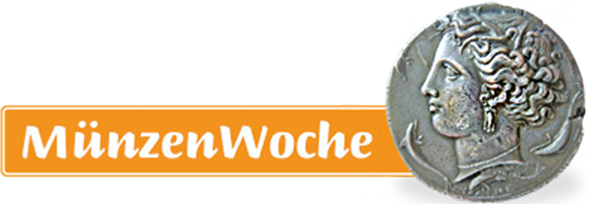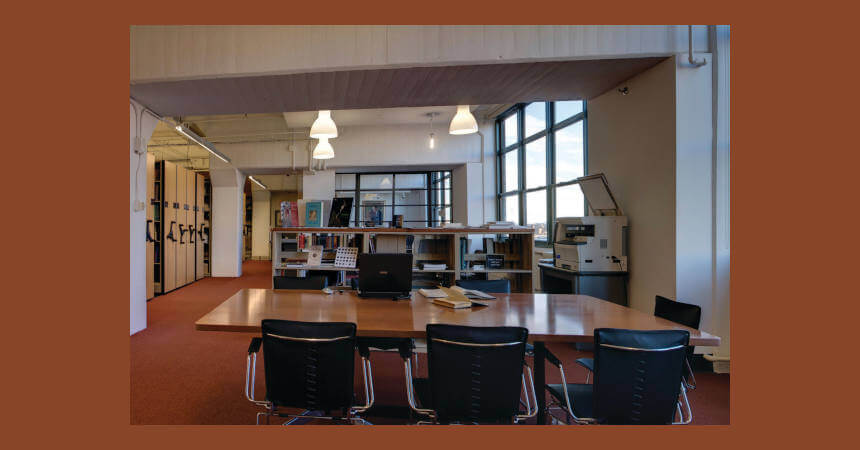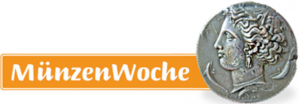American Numismatic Society
Wenn es kein Logo gibt, wird diese Spalte einfach leer gelassen. Das Bild oben bitte löschen.
(Dieser Text wird nicht dargestellt.)
75 Varick Street 11th floor
New York, NY 10013
Tel: +1 (212) 571-4470
Organized in 1858, the American Numismatic Society (ANS) is a museum and research institute devoted to the study of coins from all periods and cultures. Originally at 155th Street and Broadway, it has been at its current location in lower Manhattan since October 2008.
The numismatic collection, currently estimated at approximately 800,000 coins and related objects, is of international caliber, rivaled only by the largest European state collections. The ANS’s numismatic cabinets are divided into the following departments:
- Greek: a major world collection of ancient Greek coinage, where the Hellenistic section is particularly notable (100,000 coins).
- Roman: includes all coins of Republican and Imperial Rome, the silver coins of the imperial provinces, and coins of Roman Alexandria. The single greatest strength are the aes grave and the early heavy copper coinage of Rome.
- Byzantine: comprises approximately 13,000 coins struck at Byzantium and at the regional mints from the reign of Anastasius I, 419-518 AD (13,000 coins).
- Islamic: comprises coins and other objects from North Africa, the Middle East, and as far as Afghanistan and Central Asia from the Islamic conquests of the 7th and 8th centuries to the present day (60,000 objects).
- East Asian: comprises coins and other objects produced in the area of modern China, Korea, Japan, and Vietnam. Also included are all coins struck in these regions from the beginning of coinage in the 7th century BC to the modern day. It also includes paper money (50,000 objects).
- South Asian: consisting of the coins and paper money of all periods from three principal regions: the Indian subcontinent, Southeast Asia, and ancient Central Asia (50,000 objects).
- Medieval: from Latin Europe from the fall of the Roman Empire down to the end of hammer-struck coinage during the 17th century (50,000 coins).
- United States: includes all coins issued in and for the British North American plantations until 1783 and for the United States thereafter, including Alaska and Hawaii.
Highlights include one of four known Confederate half dollars, an 1804 dollar, and a 1933 double eagle on loan (32,000 objects)
- Latin America: (20,000 coins)
- Modern: includes all coins minted by minting machinery – the screw press and the roller press – struck in Europe, Canada, Oceania and sub-Saharan Africa (100,000 coins).
- ï Medals and Decorations: contains more than 50,000 medals from around the world of all varieties, including commemorative medals, art medals and society medals. It also includes decorations issued in the United States.
- The ANS maintains several exhibits which are changed periodically.
The Harry W. Bass Jr. Library is the ANS library, which houses one of the world’s most comprehensive collections of numismatic literature, and presently numbers approximately 100,000 items. These include cataloged books, periodicals, manuscripts, photographs, pamphlets, auction catalogs, and microforms. Much of the library material is arranged on open stacks as non-circulating collections and all materials must be used within the ANS premises.
The Federal Reserve Bank of New York at 33 Liberty Street is a short distance away by subway, and a visit there is highly recommended. Advance registration, however, is required for tours.
This text was written by Howard M. Berlin and first published in his book Numismatourist in 2014.
You can order his numismatic guidebook at Amazon.
Howard M. Berlin has his own website.








